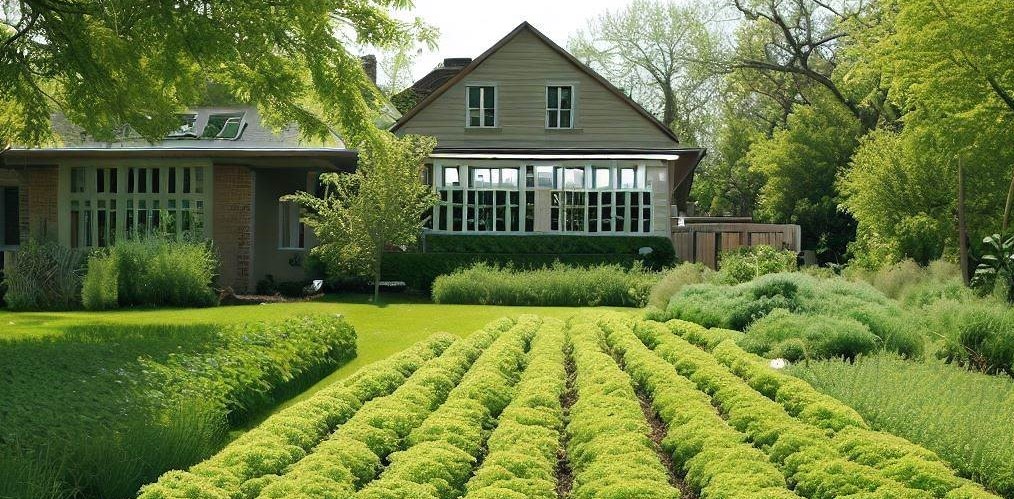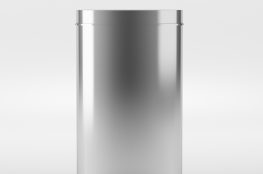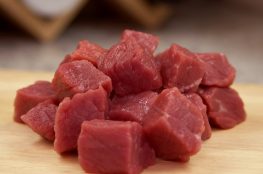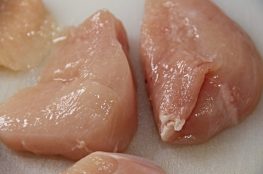Composting is a great way to reduce waste and improve the health of your garden. It’s also an important part of maintaining a self-sufficient backyard. However, not all materials are created equal when it comes to composting. To get the most out of your compost bin, it’s important to use the right materials. Here are the top 10 materials to use for composting:
1. Food Scraps
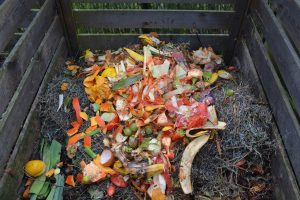
One of the most common materials to compost is food scraps. These include fruit and vegetable scraps, coffee grounds, eggshells, and nutshells. These materials are high in nitrogen and provide the microorganisms in your compost with the energy they need to break down other materials.
2. Yard Waste
Another great material to compost is yard waste, such as grass clippings, leaves, and branches. These materials are high in carbon and provide the structure that your compost needs. They also help to balance out the nitrogen-rich food scraps.
3. Paper and Cardboard
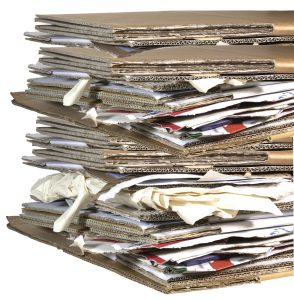
Paper and cardboard can also be composted. These materials are high in carbon and provide a good source of structure for your compost. Make sure to shred them into small pieces to help them break down faster.
4. Wood Chips
Wood chips are a great material to add to your compost if you have access to them. They provide structure and help to aerate your compost, allowing for better airflow. However, make sure to use only untreated wood chips.
5. Manure
Manure is a great source of nitrogen for your compost. However, not all types of manure are created equal. Cow and horse manure are great choices, while cat and dog manure should be avoided.
6. Coffee Grounds
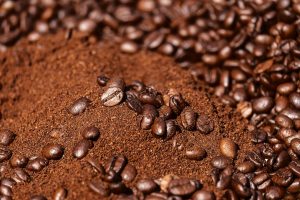
Coffee grounds are a great source of nitrogen for your compost. They also help to lower the pH of your compost, making it more acidic. However, make sure to only use coffee grounds in moderation, as too much can make your compost too acidic.
7. Eggshells
Eggshells are a great source of calcium for your compost. They also help to balance out the acidity of coffee grounds. Make sure to crush them up before adding them to your compost to help them break down faster.
8. Seaweed
Seaweed is a great source of nitrogen and other minerals for your compost. It’s also high in salt, which can help to balance out the carbon-rich materials in your compost.
9. Vegetable and Fruit Peels
Vegetable and fruit peels are a great source of nutrients for your compost. They’re high in nitrogen and other minerals that your plants need to grow.
10. Hay and Straw
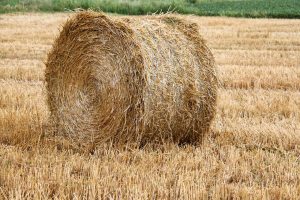
Hay and straw are great sources of carbon for your compost. They also help to absorb moisture, which can help to prevent your compost from getting too wet.
There are many great materials to compost. By using a variety of materials that are high in nitrogen and carbon, you can create nutrient-rich compost that will help your plants thrive. Just make sure to avoid materials that are treated with chemicals or that can introduce weed seeds to your garden. With a little effort, you can turn your food scraps and yard waste into rich, healthy soil for your garden.
